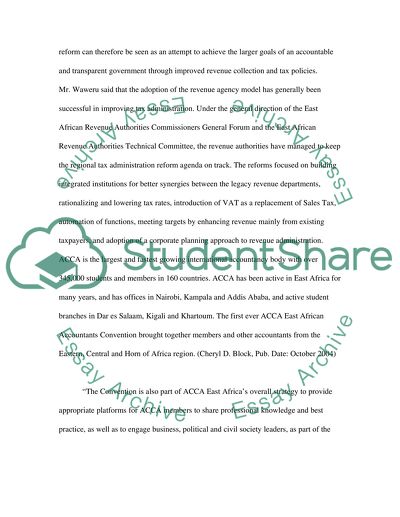Cite this document
(“Ernst and Young Tax Guide Essay Example | Topics and Well Written Essays - 2500 words”, n.d.)
Ernst and Young Tax Guide Essay Example | Topics and Well Written Essays - 2500 words. Retrieved from https://studentshare.org/miscellaneous/1513505-ernst-and-young-tax-guide
Ernst and Young Tax Guide Essay Example | Topics and Well Written Essays - 2500 words. Retrieved from https://studentshare.org/miscellaneous/1513505-ernst-and-young-tax-guide
(Ernst and Young Tax Guide Essay Example | Topics and Well Written Essays - 2500 Words)
Ernst and Young Tax Guide Essay Example | Topics and Well Written Essays - 2500 Words. https://studentshare.org/miscellaneous/1513505-ernst-and-young-tax-guide.
Ernst and Young Tax Guide Essay Example | Topics and Well Written Essays - 2500 Words. https://studentshare.org/miscellaneous/1513505-ernst-and-young-tax-guide.
“Ernst and Young Tax Guide Essay Example | Topics and Well Written Essays - 2500 Words”, n.d. https://studentshare.org/miscellaneous/1513505-ernst-and-young-tax-guide.


